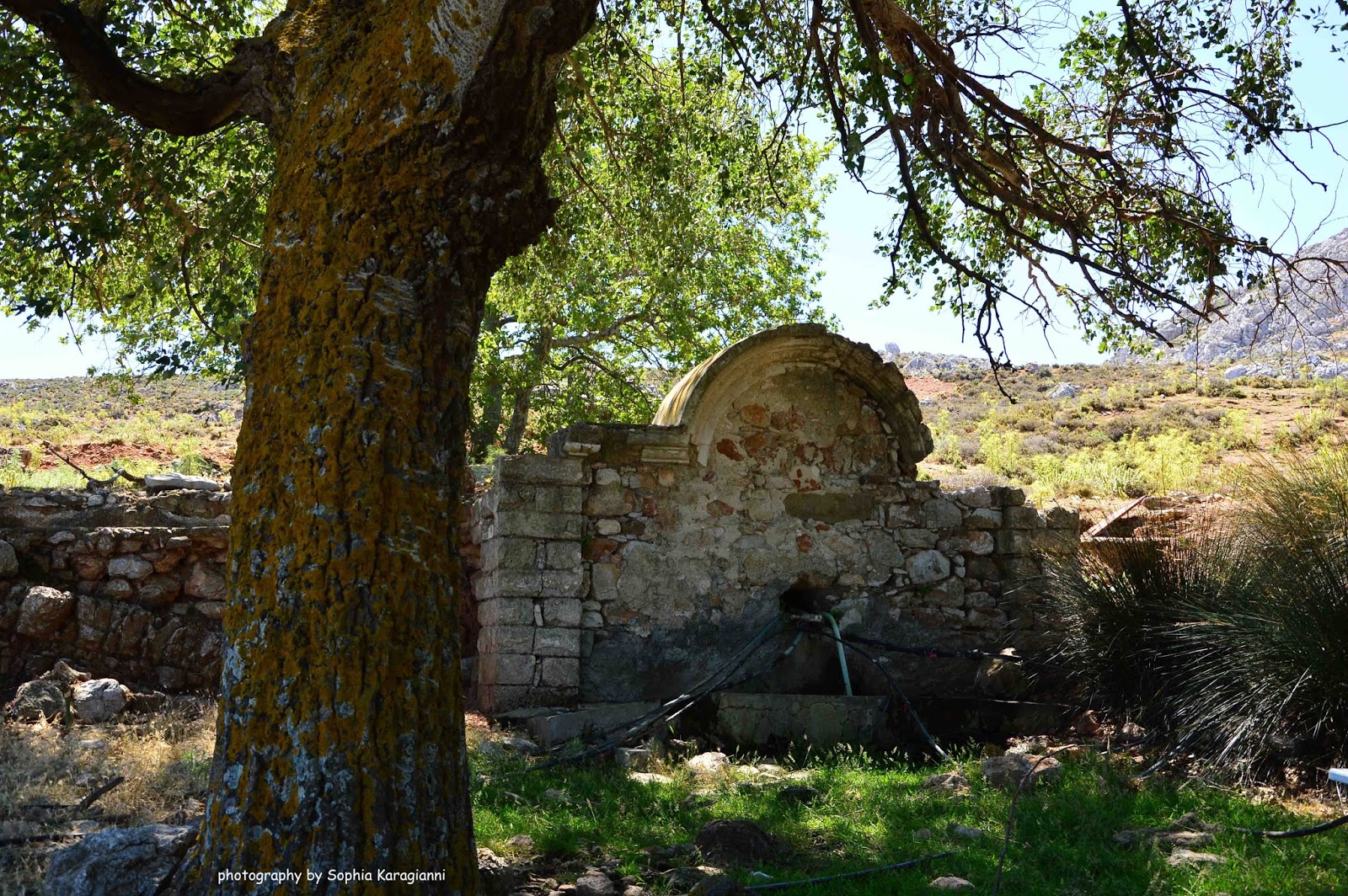Must See on Kos: The Spring of Vourina
Vourina is an ancient source of water mentioned by Theocritus in the seventh Idyll, describing how Chalcon, a Coan mythical figure who wounded Heracles in a fight at night, made the spring with his foot:
Some time ago Eucritus and I were on our way from town to the Haleis, and Amyntas made a third with us. Phrasidamus and Antigenes were preparing a harvest festival for Demeter, the two sons of Lycopeus, noble, if anyone is, among men illustrious on account of their descent from Clytia and Chalcon himself, who by setting his knee firmly against a rock made the fountain Bourina spring up beneath his foot. Nearby, poplars and elms wove a shady grove with their green foliage arching above.
The beautiful description of the nature in Theocritus’ bucolic poem is surprisingly accurate today, after so many centuries. There are still poplars around, albeit not so many to form a shady grove.
The famous Spring of Vourina, or Bourina as Theocritus called it, lays about thirty minutes from Kos Town on the northeastern slopes of Mt. Horomedon. If you reach this cherished landmark, you can also visit the church of Panaghia Tsoukalaria, located in a beautiful wooded area, as well as the second most important water source of the mountains, Kokkino Nero.
Vourina lays at an altitude of 320 m above sea level, on the northeast slope of Dikaio. The potable water is directed to Kos through flexible tubes but you can still drink straight from the spring when you visit. The structure of the fountain is noteworthy: it is made of polygonal megaliths put together without the use of plaster. To reach the fountain you pass through a narrow tunnel, which has a length of 30 meters and height of 2 meters. The fountain itself is an extraordinary arched construction according to the National Technical University of Athens:
The arched structure where the fountain is located has a diameter of 3,20 m, circumstance of 10 m and height of 7 m until the opening for the lighting and the ventilation that is at the top of the vault.
The origins of the architectural structure are supposed to date from the Mycenaenean and Hellenistic era.
Spring of Vourina featured image courtesy Sophia Karagiannis.

